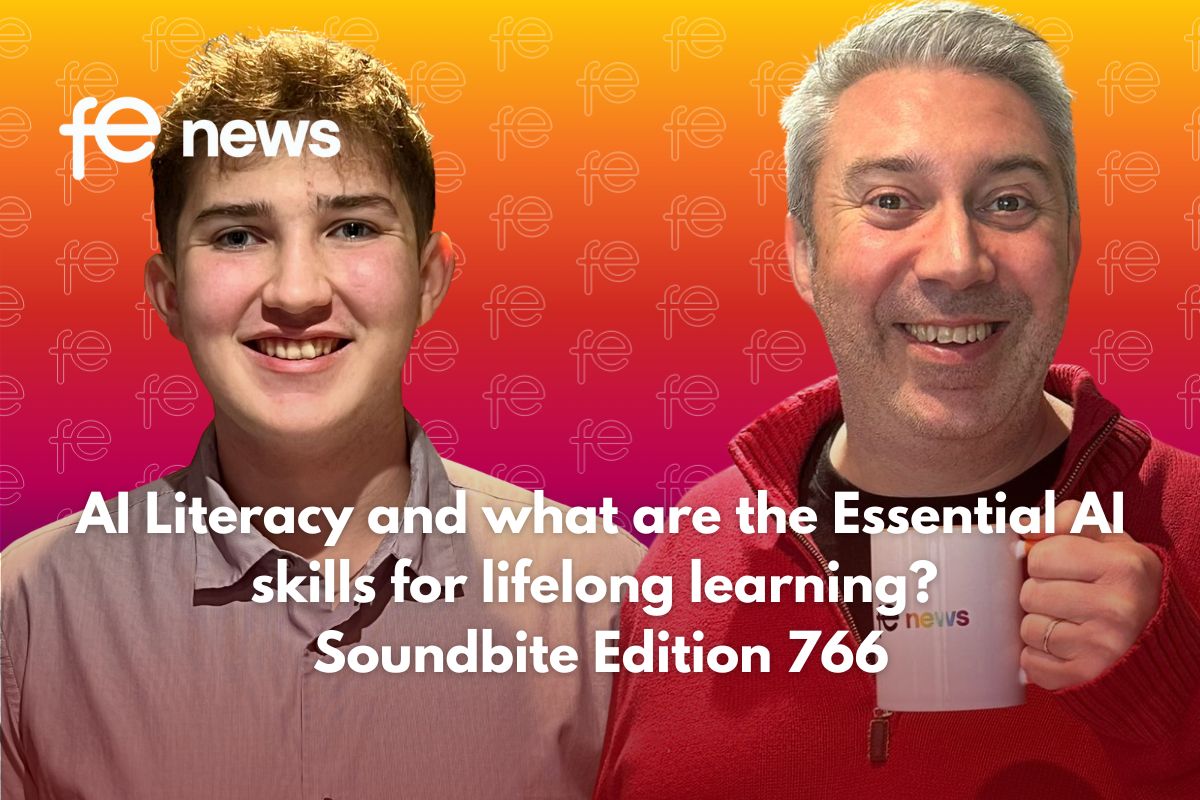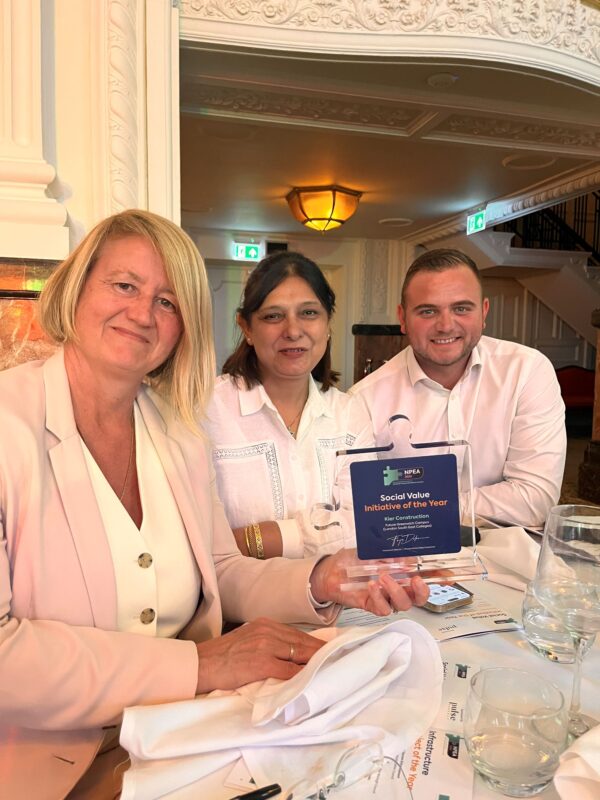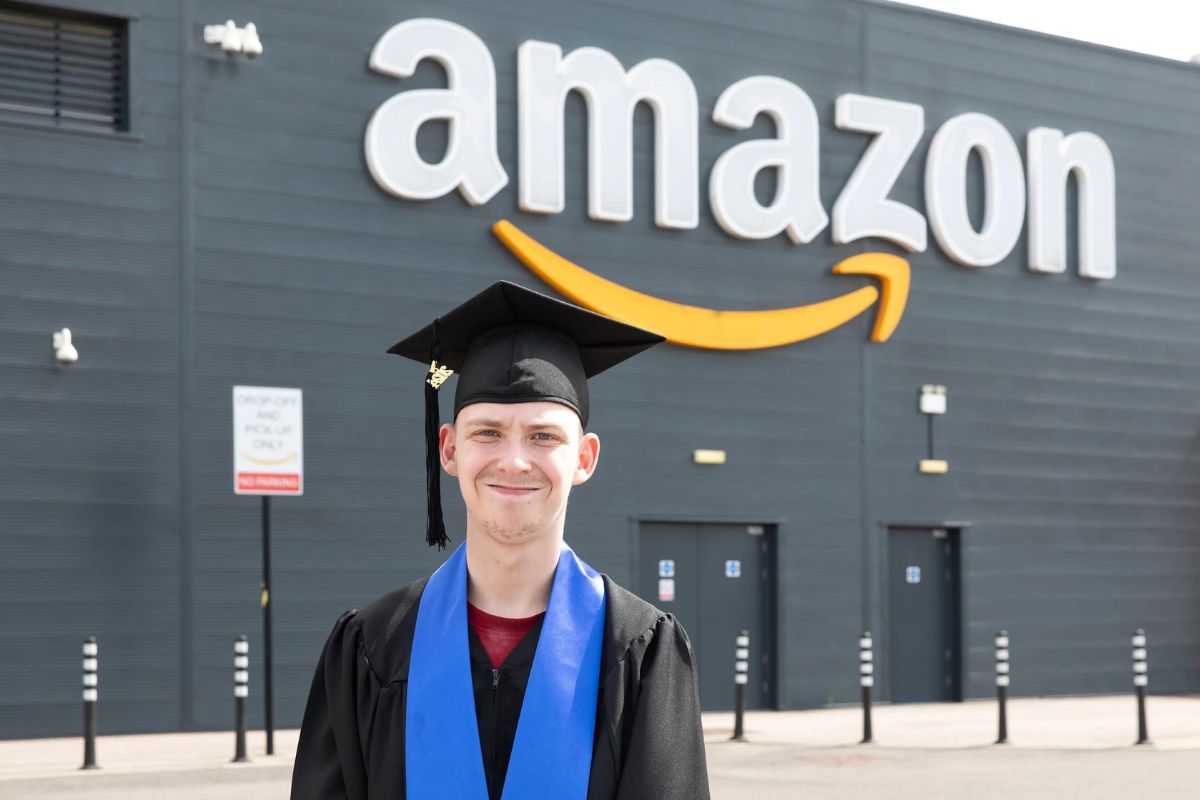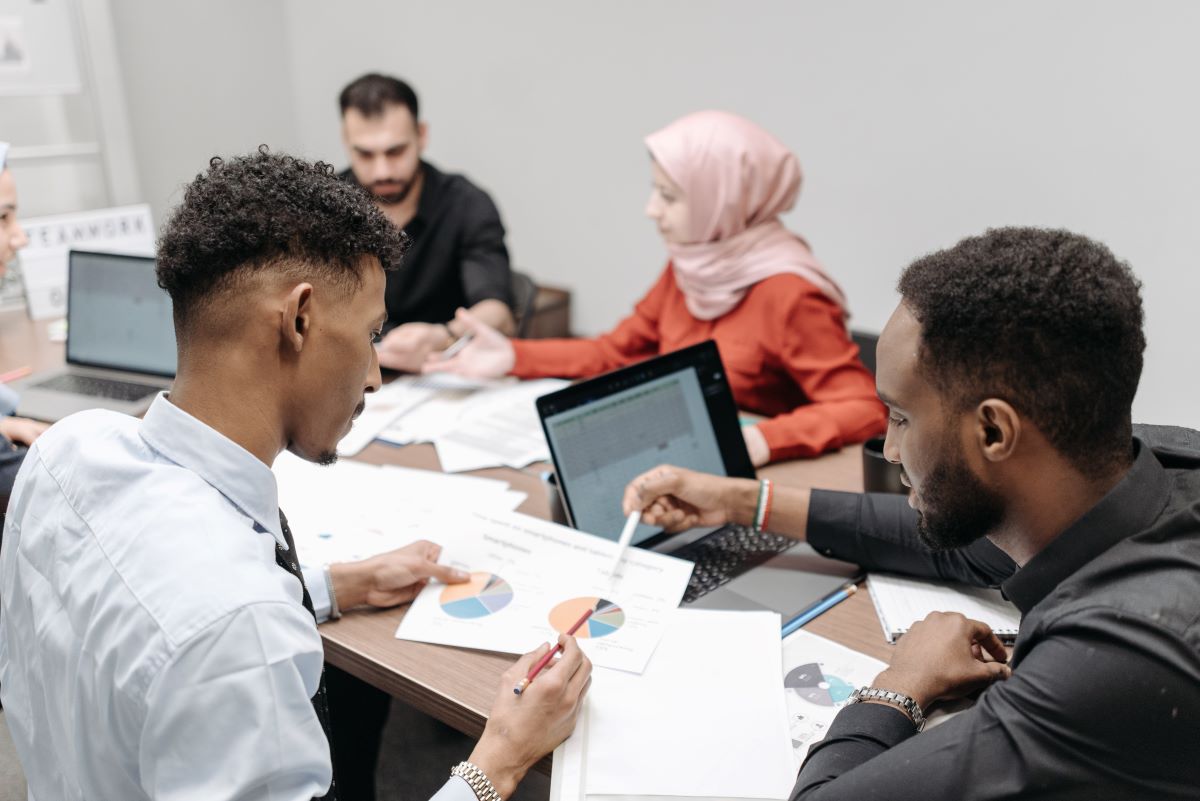Small Classes, Big Difference: the importance of bespoke support for excluded children in Alternative Provision

The Commission on Young Lives recently published its latest report, ‘All Together Now: Inclusion not Exclusion‘. The central question of this report is; how can we help vulnerable and marginalised students to thrive? Too often, mainstream schools lack an answer, landing on a solution that can drastically impact a child’s prospects; permanent exclusion.
In 2018/19, 482 (14%) state funded secondary schools permanently excluded 5 or more students. These permanent exclusions disproportionately affect certain demographics of children. For example, children with SEMH (Social, Emotional and Mental Health) as a primary need are around 3.8 times more likely to be permanently excluded.
This is where alternative provision (AP) schools come in. include Norfolk, a school run by Catch22 charity and based in Kings Lynn and Norwich, provides full-time, alternative secondary education for young people aged 11-16 years old who have been excluded from their previous setting. This school, and many others like it, uses a student-centric methodology and develops bespoke programmes, focused on the needs of the student, which address barriers to learning.
include Norfolk’s vision is to ensure its students proceed to positive outcomes, whether that’s further education, employment or training. If in the best interests of the student, the school will also support in transitioning the pupil back to mainstream.
Case Study: include Norfolk
Luke (not his real name), now aged 16 and in year 11, left his previous school at age 12 after being permanently excluded. Luke experienced bullying by other students at this school, and a lack of recognition of this by the school’s staff meant he was unable to access the support he needed; “In mainstream, teachers were always busy and so they wouldn’t do anything about the bullying. They just shrugged it off”.
Luke found himself retaliating to the bullying, getting himself in fights with students and staff. As a result, he was permanently excluded. Going from having near-perfect attendance, to no longer being allowed to return to the school site, Luke was referred to include Norfolk.
Luke describes the main differences he noticed upon arriving in alternative provision; “It was very different, and I think suited me a lot better. They’re not teaching a huge class, so they actually have time for you”.
With higher staff:student ratios, teachers in Alternative Provision can build relationships with their students and offer a more bespoke education. Luke said that, immediately, he had felt greater effort from the teachers to support, guide and look after their students; “They actually care and they get to know you properly”.
Luke hasn’t experienced any bullying since moving to include Norfolk, and became instantly more engaged and open to learning. He is now is in the process of taking his GCSEs after which he hopes to move on to the local college, where he will be taking a course in motor vehicle maintenance.
Children who are not in school or not receiving the proper support at mainstream school become less and less able to manage their behaviours. Often, this leads to further marginalisation from society and yet deepening disengagement from learning. Through our approaches, continually refined and developed to cater to the needs of the individual, students leave us ready to progress onto the next stage of their life as a positive member of society. Their needs have been understood and met, giving them a pathway on which to thrive.
And shouldn’t this be the purpose of all young people’s education?











Responses